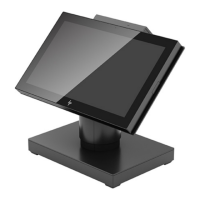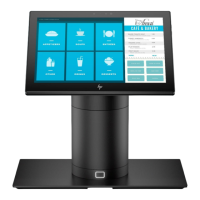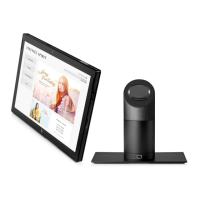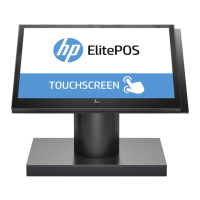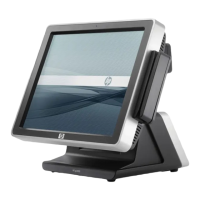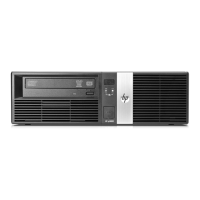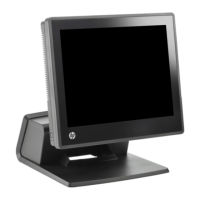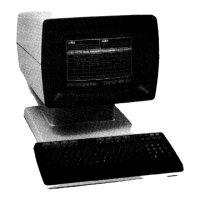3 Routine care, SATA drive guidelines, and
disassembly preparation
This chapter provides general service information for the computer. Adherence to the procedures and
precautions described in this chapter is essential for proper service.
CAUTION: When the computer is plugged into an AC power source, voltage is always applied to the system
board. You must disconnect the power cord from the power source before opening the computer to prevent
system board or component damage.
Computer operating guidelines and routine care
Follow the guidelines below to properly set up and care for the computer:
●
HP recommends a 17 mm clearance around the vents on the computer head unit and I/O connectivity
base for heat dissipation.
●
Keep the computer away from excessive moisture, direct sunlight, and extremes of heat and cold.
●
Never operate the computer with any access panels removed.
●
Do not stack computers on top of each other or place computers so near each other that they are subject
to each other’s recirculated or preheated air.
●
If the computer is to be operated within a separate enclosure, intake and exhaust ventilation must be
provided on the enclosure, and the same operating guidelines listed above will still apply.
●
Keep liquids away from the computer and I/O connectivity base.
●
Never cover the vents on the computer or I/O connectivity base with any type of material.
●
Install or enable power management functions of the operating system or other software, including
sleep states.
●
Turn o the computer before you do either of the following:
–
Wipe the exterior of the computer with a soft, damp cloth as needed. Using cleaning products may
discolor or damage the nish.
–
Occasionally clean the air vents on all vented sides of the computer. Lint, dust, and other foreign
matter can block the vents and limit the airow.
NOTE: For more information on your retail system care and maintenance, refer to “Retail Point of Sales
Systems - Routine Care and Maintenance” available at http://www.hp.com/support.
Touch screen maintenance
Keep your display and touch sensor clean. The touch sensor requires very little maintenance. HP recommends
that you periodically clean the glass touch sensor surface. Be sure to turn o your display before cleaning.
Typically, an isopropyl alcohol and water solution ratio of 50:50 is the best cleaning agent for your touch
sensor. It is important to avoid using any caustic chemicals on the touch sensor. Do not use any vinegar-based
solutions.
14 Chapter 3 Routine care, SATA drive guidelines, and disassembly preparation
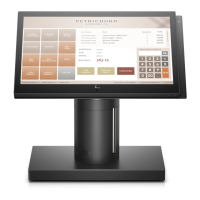
